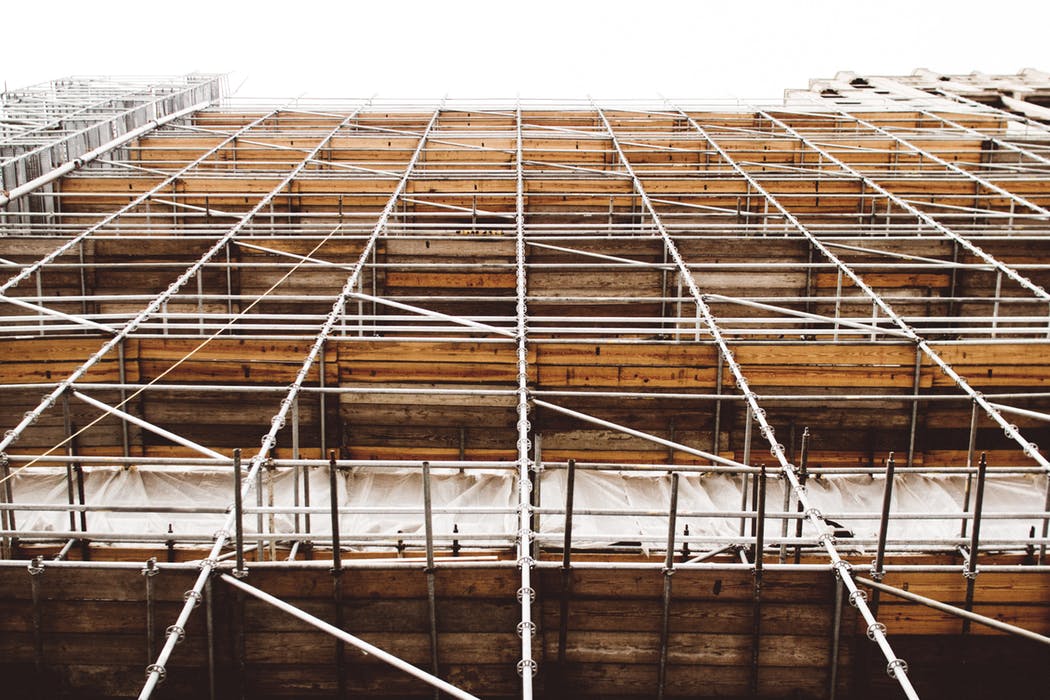Scaffolding is a domain that builders must cater to and ensure that their clients are assured across all matters.
With the scope of investment on the part of companies that are expanding their operations, they need to be reassured that their money is in safe hands and that the brand they have hired are undertaking their due diligence.
By constructing these temporary stands and structures to help builders and manufacturers carry out their tasks in a timely and efficient manner, they are taking a number of risks, both on behalf of their own wellbeing and those that situated nearby.
In order to run through the checks and balances that a project of this scope must run through, providers have a great amount of work ahead of them to inform their clients that they are certified, legally covered and able to execute the practice as safely as possible.
Australian law has had to be altered as these firms have adapted and evolved their technology in this field. What was once a basic development must now work in accordance with a series of rules and regulations, each one amended with the statutes of different states in mind.
Here we will expand the discussion for scaffold providers to identify what areas they need to cover for their clients.
Up To Code
Safe Work Australia have outlined their own unique codes of practice when events of scaffolding are in question. From excavations to demolitions, moving within confined spaces, utilizing tasks of a hazardous nature, removing asbestos and establishing frameworks to prevent falls and collapses, each one of these activities are developed with the code in mind. Any violations or oversights in this regard places the provider in serious jeopardy, not to mention the harm they place their workers in.
Aware Of Current Industry Trends
It is not acceptable enough for scaffolding suppliers and construction brands to stick to techniques and strategies that are outdated. With new developments in this field arising each year, there are tools that can help workers on site maneuver with ease, communicate with their colleagues in a more timely fashion, and avoid electrical wiring and obstacles that are impediments. A firm that caters to this niche should be looking to at least be in line with their peers, if not attempting to branch beyond convention.
Prior Examination Of Terrain
The standing of any scaffolding that is erected on a site can only be as valid as the examination of the terrain prior to construction. Should there be faults, deterioration, chemical spills, severe climate alterations or anything else that could influence a structure of this nature, then the industry is exposed to mistakes and fatalities that could be avoided. Running a thorough report on the surrounding environment is an obligation that must be respected.
Workers Rights
Under the Fair Work Act and with powers afforded to the Fair Work Ombudsman, workers are given entitlements that are applicable when scaffolding developments are taking place. These benefits can be sourced by union bodies and contractual agreements that sees instances of injury, occupational illness and accidents on location form part of their rights that they can seek compensation.
Providers who are hiring these professionals require internal measures that insure against external pressures in these legal instances, and these balances must be reviewed by the clients that are taking them onboard. There are few professions that carry as much a physical risk on a daily basis than construction workers maneuvering around scaffold designs, and rights afforded to these professionals are paramount to safeguard against accidents and legal challenges that may follow subsequently.
Summary
There are inherent dangers and risks involved with scaffolding. It is up to these providers to carry out their due diligence when constructions are taking place, as well as those clients who wish to see a project come to completion without any lawsuits or accidents coming to pass.
